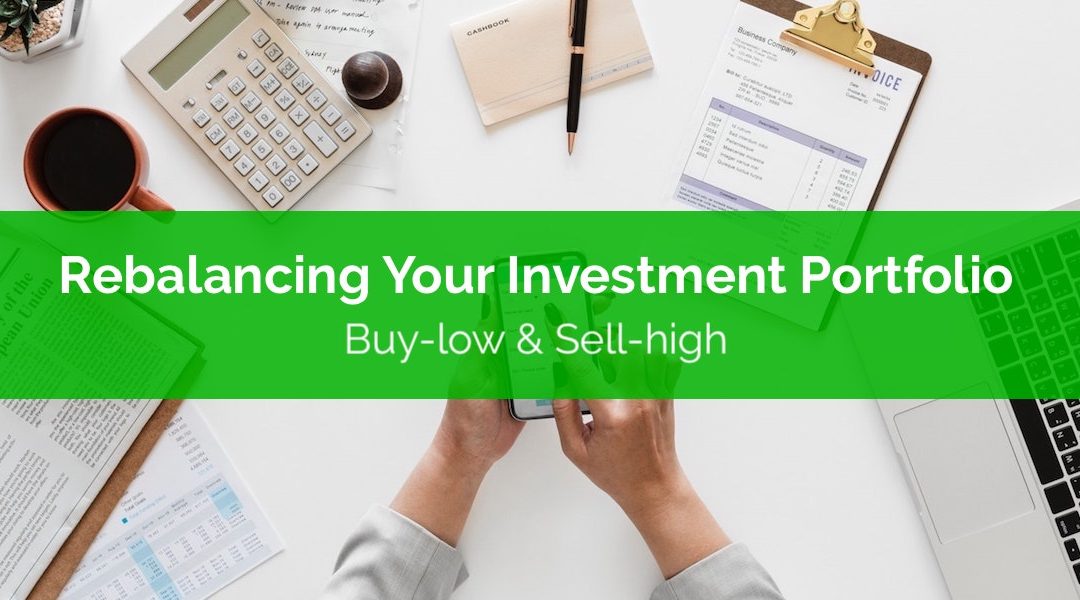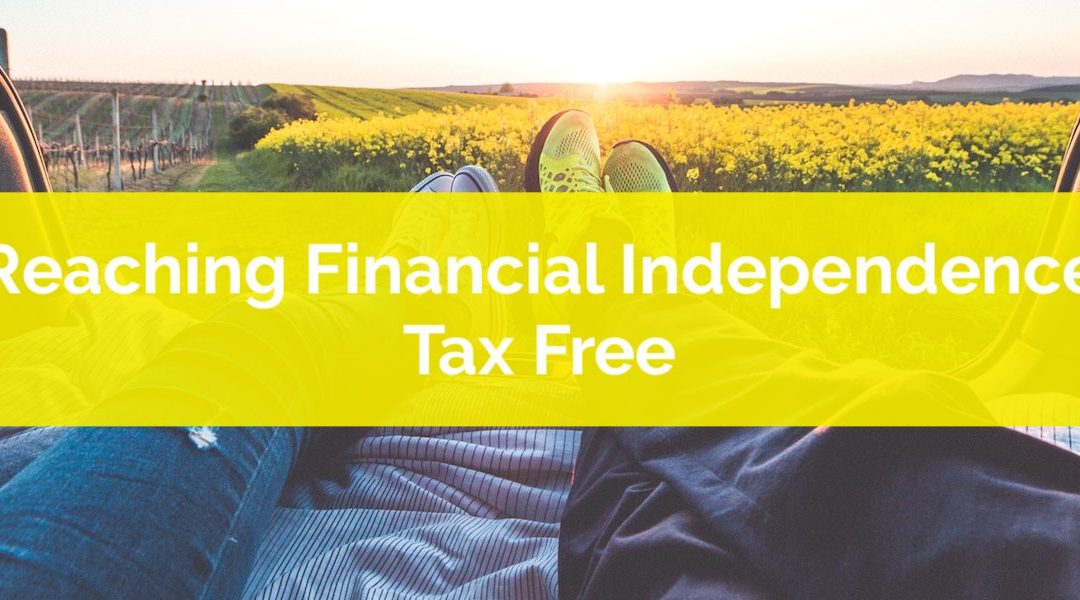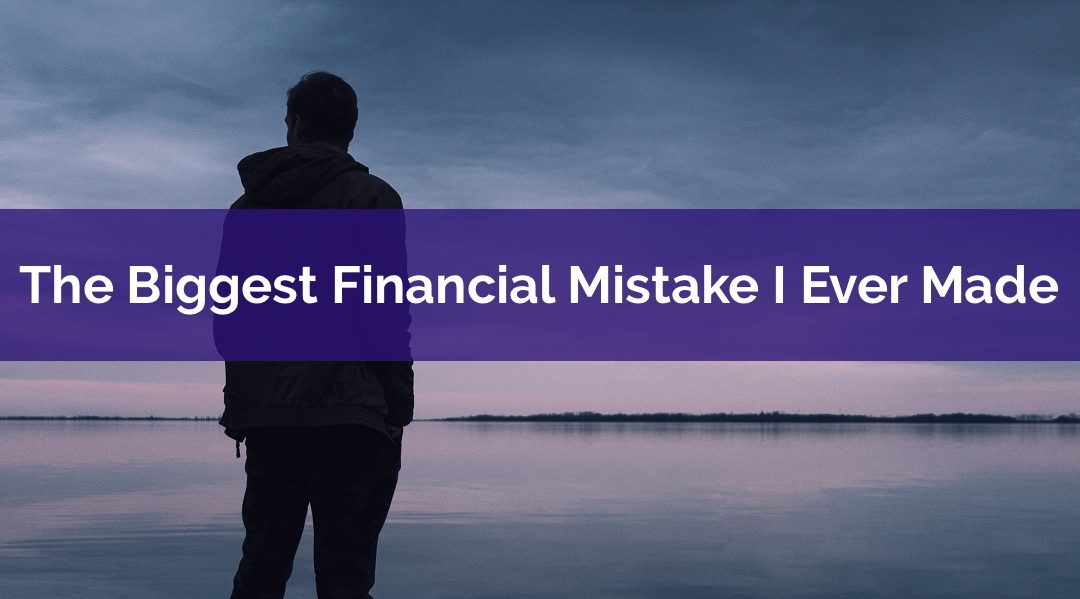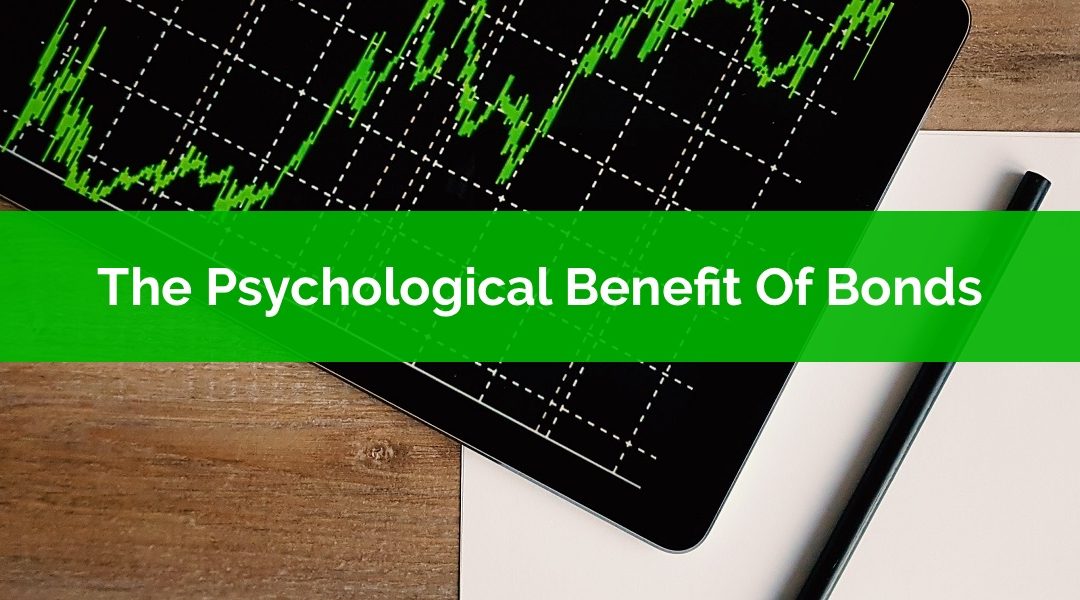
by Owen | Jan 7, 2019 | Behavioral Finance, Investment Planning
Rebalancing is one of those simple things that investors should do at least once per year. Rebalancing your investment portfolio can have a really positive impact on your long-term returns. Not rebalancing your portfolio can lead to some nasty consequences that we definitely want to avoid.
Rebalancing regularly will keep your portfolio’s risk level on target. Rebalancing can also help you avoid a lot of behavioural biases that can impact investor returns. And good rebalancing rules will help you buy-low and sell-high (which is exactly what we want right?!)
For small, medium, or large portfolio’s rebalancing should happen at least once per year. We rebalance three times per year in January, May and September. We do this as part of our tri-annual financial check-in. It’s easy to do and very beneficial. Rebalancing your portfolio can help increase your long-term investment returns and at the same time decrease your risk.
We’ve had two major rebalances in the last 5 years. During the last large decrease in Canadian equities we had to sell bonds to buy Canadian stocks. And more recently, after a big increase in stock market values, we had to sell equities to buy more bonds. Now after the recent changes in the market we will probably need to rebalance our portfolio again.
Rebalancing is something we look forward to, we know that rebalancing is a good thing for the reasons listed below. When we rebalance it means our investment plan is working the way it should and it’s a good indication that we’re on track for our long-term plan.

by Owen | Jul 23, 2018 | Financial Goals, Investment Planning, Retirement Planning, Tax Planning
Financial independence is a goal for many people. Financial independence is when work becomes optional. It’s when your investments are large enough to support your annual spending indefinitely, without the need for employment income. Reaching financial independence frees you from the typical work/money/time equation. When you reach financial independence you no longer have to trade your time for money.
How much you need to reach financial independence is different for everyone, but the quick and most common metric is 25 times your annual spending. Once you reach this level of savings and investments (not including your home) you can withdraw 4% of your portfolio indefinitely. With the right portfolio your investments will grow enough each year to pay you 4% of the original principal and still keep up with inflation.
Taxes are obviously a big consideration when growing your investments. Tax free growth allows your investments to grow faster and lets you hit your goals earlier.
In Canada we have two main accounts that provide tax free growth, the TFSA and RRSP. With the TFSA you pay tax now but don’t pay tax later. With the RRSP you don’t pay tax now, but you do pay tax later. Regardless of when you pay the tax, the investment growth within an RRSP or a TFSA is tax free. Using your TFSA and your RRSP to its full potential means you can hit financial independence much faster.

by Owen | Jun 4, 2018 | Behavioral Finance, Investment Planning
In this post I’m going to break away from the typical personal finance blog post. I’m not going to share a tip. This isn’t going to be some humble brag about how much money I’ve saved. It’s going to be quite the opposite actually. In this post I’m going to share with you my biggest financial mistake. One that cost me over 5-figures.
As a fee-for-service financial planner it’s somewhat embarrassing. Not many people know this story. This happened almost ten years ago, before I learnt everything I know about personal finance. I could have saved myself a lot of stress had I known what I know now. For that reason, I’m going to share my big secrete with you and I hope it inspires you to learn more about personal finance.
I’m going to share with you my biggest financial mistake and then I’m going to break down each of the mistakes I made… because like any BIG mistake there was more than one.

by Owen | May 28, 2018 | Behavioral Finance, Investment Planning
Bonds seem like a really boring investment. They’re low growth. They won’t make you rich. Plus, bond prices fall when interest rates increase. And if you use a bond ETF they usually pay a tiny monthly dividend, typically not even enough to buy another share via DRIP unless you have a lot invested.
So, why would anyone invest in bonds?!?
There are a few good reasons to invest in bonds but there is ONE reason in particular that I think is very important. It’s not a typical reason you see mentioned when people talk about investing in bonds, but I think it’s one of the best reasons. It’s based on investor psychology and behaviour and it can make a big difference during a stock market dip or a full blown downturn.
Many DIY investors may not realize it, but they are their own worst enemy. There is plenty of research around investor behavior, in particular how investors like to time the market. Timing the market means investors try to buy low and sell high, but this rarely happens, if anything they do the opposite, buy high and sell low. For most DIY investors time in the market is more important than timing the market.
Morningstar does an analysis that measures fund inflows and outflows. They use this to approximate when people are trying to time the market. Vanguard did a great summary of this analysis and they found investor returns lagged the market by 1 to 2%. They estimated that behavioral coaching can be worth up to +1.5% per year for the average investor.
So as a DIY investor how do bonds help you avoid timing the market? Let me explain…

by Owen | Aug 14, 2017 | Investment Planning
Do you have an investment plan? Do you know what an investment plan is? Did you know that an investment plan can save you $1,000’s and keep you sane during a downturn?
Why do you need an investment plan?
Having an investment plan is critical for every investor because we’re not always the rational, logical, disciplined investors we’d like to be. We’re emotional. We fear loss. We suffer from behavioural traps.
The performance of individual investors has been repeatedly shown to lag the index they invest in.

by Owen | Jul 10, 2017 | Investment Planning
Investing is risky. That’s the price you pay in exchange for higher returns.
If you wanted zero risk you’d put your money in high interest savings account. But then your returns wouldn’t even keep up with inflation. Over the long run, a no risk investment is essentially losing money because its worth less and less each year.
Buying bonds offer a slightly higher return, usually above inflation, but that comes with additional risk. Bond prices are sensitive to interest rates and the economy. There is also the risk of default.
Equities provide an even higher return. This is exchange for much higher risk.
So how do you go about reducing your risk for little to no cost? First let’s discuss exactly what we mean by risk.
Page 14 of 15«...1112131415»






